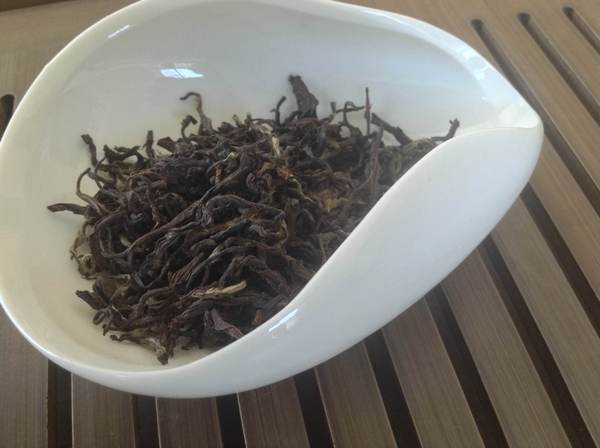
Darjeeling Tea Gong-fu Style
Darjeeling tea has historical roots in China, being transplants of saplings that Scot botanist Robert Fortune smuggled out of forbidden kingdom in early 1850s. Even though Darjeeling has come a long way both literally and figuratively in the tea world, carving out its own hallowed niche, it is fun sometimes to marry these two disparate tea traditions.
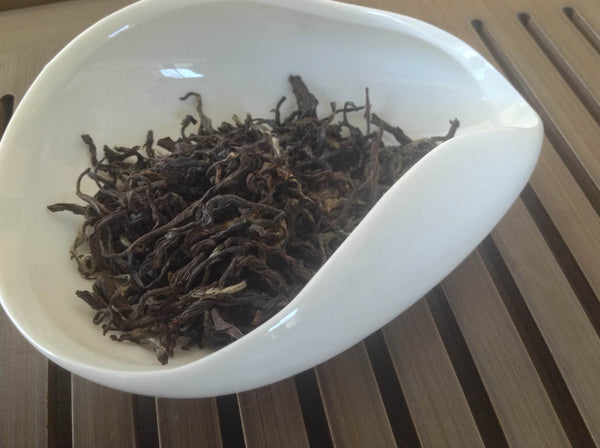
I decided this morning to try brewing some Darjeeling gongfu-style, a brewing method unique to China but quite unheard of in India. I chose Arya Ruby our best selling second flush Darjeeling from 2013 for the experiment, and used a gaiwan with ceramic glazing on the inside.
Around 3 heaping tea spoon of tea, about third of the gaiwan, was used. For the first round I steeped the tea for 30 seconds in hot boiling water (the normal temperature for second flush Darjeeling).
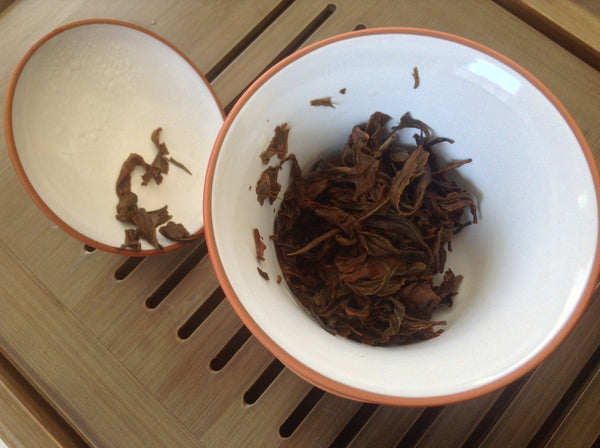
The result was brilliant. Intense muscatel (a grapeyness) smell filled the room. The infused leaves in the gaiwan luxuriated in notes of pepper, sweet foral and honey. Quite complex. Because of the intensity I was worried that the cup would be overly astringent. It was not.
Infact there were no notes of bitterness at all! The cup had a smooth, creamy texture. Nutty (almond like), floral, fruity notes and a touch of malt layered the palate, leaving at the end a sweet aftertaste. Perfect score by us!
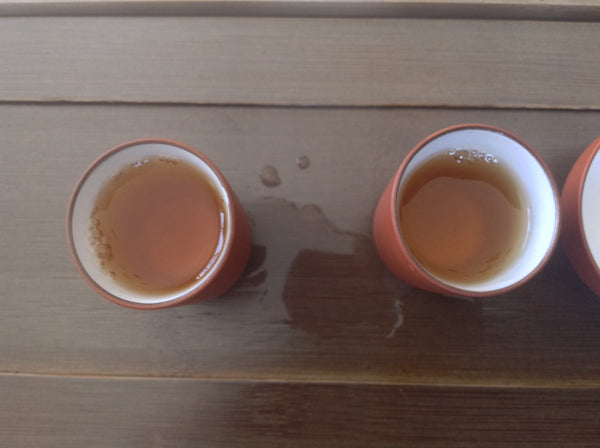
The second infusion of 35 seconds yielded a sweet cup. The spicyness was gone. The liquor remained rich amber. There was nice subdued foral sweetness and nutiness. The first round now seemed almost overpowering in hindsight.
However, the complexity was missed in the second infusion. Also the cup offered up a notable astringent character, bordering bitterness but still staying away from it. This is what would normally be described as being"crisp," and found typically in a first flush Darjeeling.
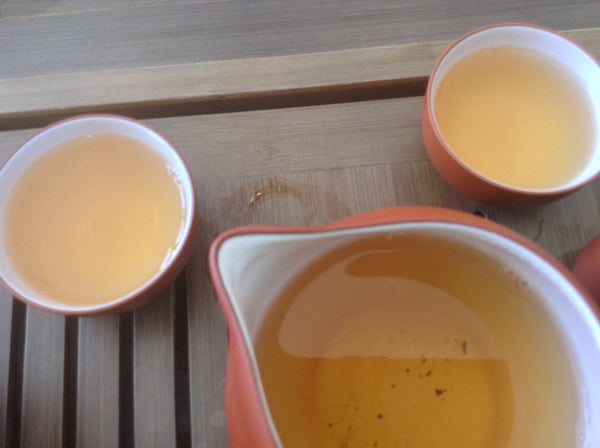
In the third round the cup spoke in sotto voce. After steeping for 40 seconds, there was a gentle sweetness and a mellow floral character, reminiscent of a Himalaya orchid. There was no astringency. But the tea assumed a quiet character. Very subtle notes that one had to concentrate upon to relish.
For the fourth steeping at 50 seconds, a very gentle perfume lingered on the surface of the tea. The aroma cup had fallen pretty much silent, so to speak, at this point. There was very little flavor in the tea. Not even an astringency.
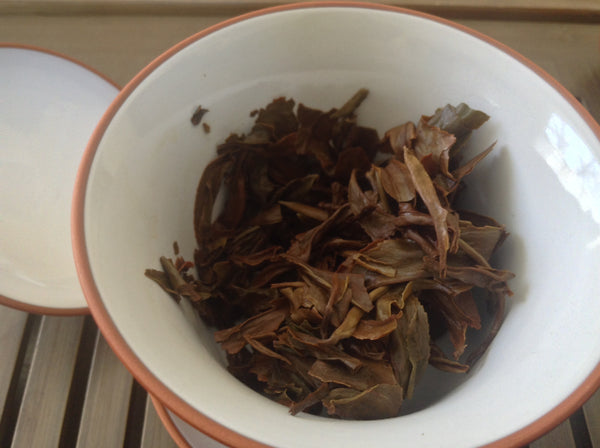
At this point I was about to give up, when I decided to call for a crescendo. This time, which I decided will be the last one, I steeped the tea for a whole minute and a half. I ended up with happy results. A pronounced sweetness returned in the aroma and the flavor. The tea had a pleasing mouthfeel and as it cooled it acquired a vital energy which I had not sensed in the previous steepings.
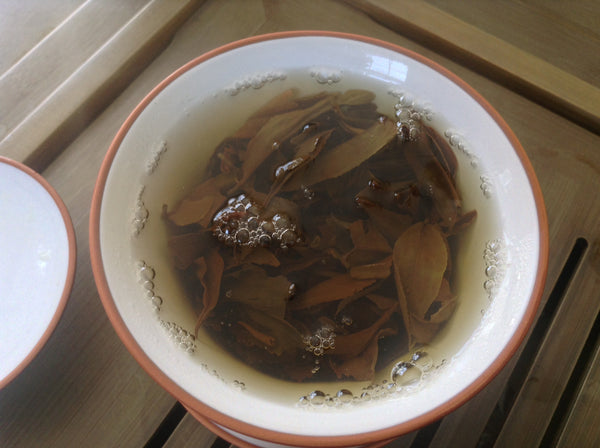

So having brewed Darjeeling Gong-fu style do we think its better than the conventional way? Not that it is better but this way of brewing does allow you enjoy a Darjeeling as it changes from a strong to a subtle brew. It certainly is more work than what you'd normally put in. While we don't yet recommend brewing Darjeeling this way, but those of you who chose to try let us know how you fared.

